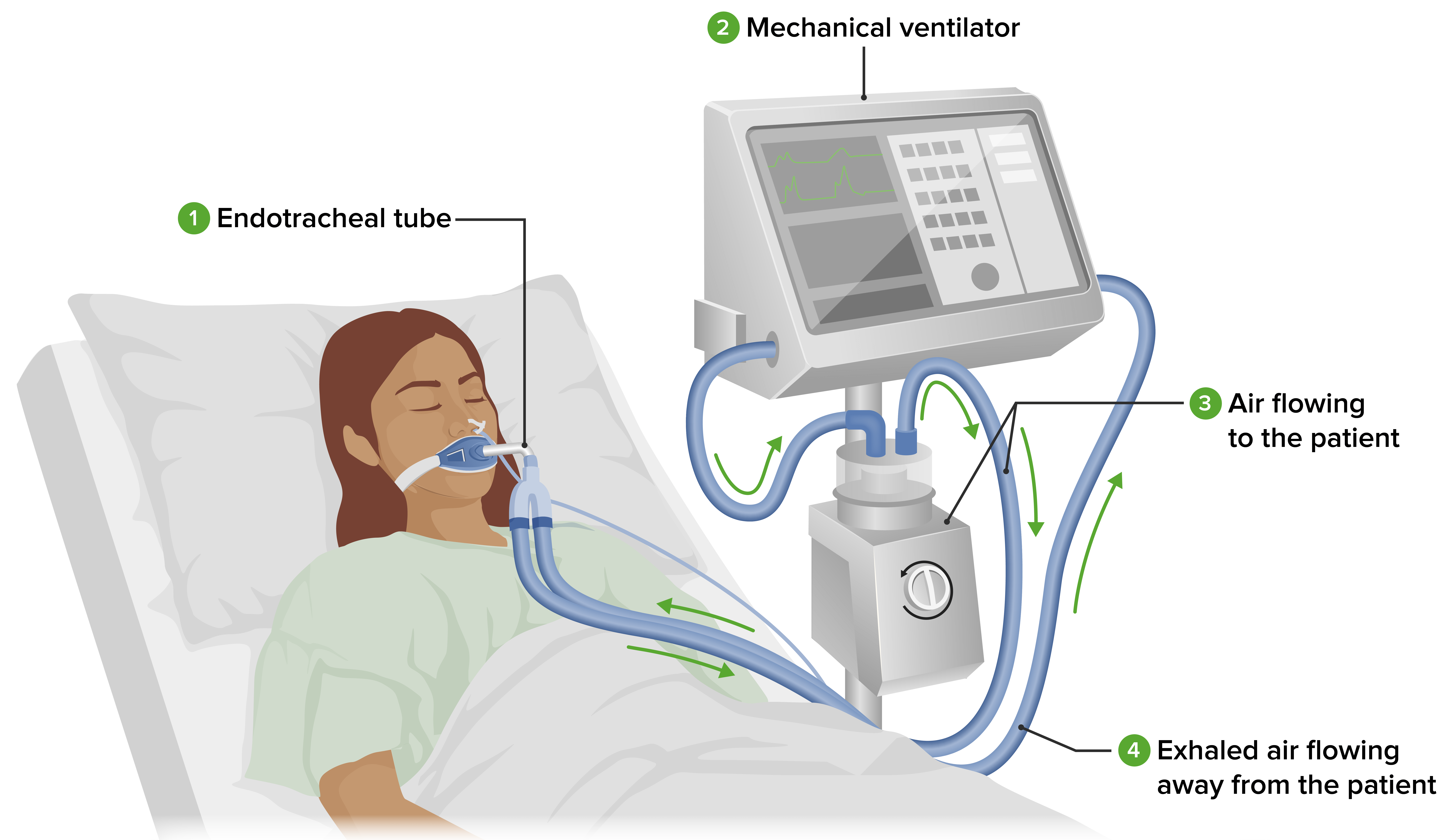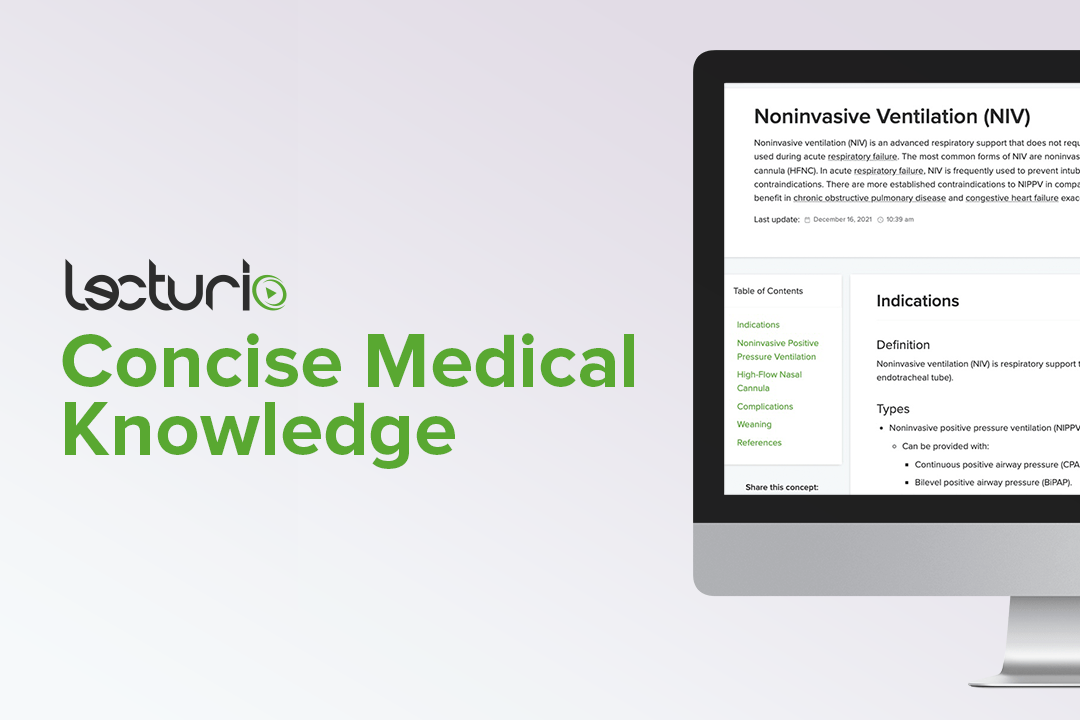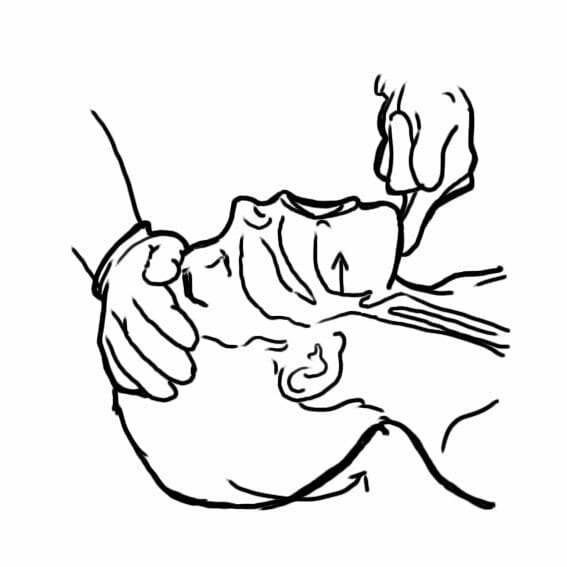Playlist
Show Playlist
Hide Playlist
Modes of Ventilation: Auto-PEEP
-
Slides ModesOfVentilation RespiratoryPathology.pdf
-
Reference List Pathology.pdf
-
Download Lecture Overview
00:00 So, mechanical ventilation complications are things that you want to keep in mind. Okay, so what is this Auto-PEEP that I told you we will come to? Let's set this up. The top portion, both A and B represent Auto-PEEP. Now, what this means is the fact that as a goal, what is occurring here is that you are increasing positive pressure where? The alveoli and the lung volume is increasing like crazy. I want you to take a look at B first. You will notice here, as you go from left to right, you are increasing in a staircase manner. The fact that you are increasing a staircase manner and that arrow that you are seeing there then represents increased amount of volume in your lung due to Auto-PEEP. In other words, positive end expiratory pressure is introducing and actually retaining further amounts of air in your lung volume. So B is something that you want to take a look at first. Easy to understand, because that Y parameter represents lung volume. Let's take a look at A. 01:00 A couple of things in A that are very important for you to pay attention to. Let's begin. 01:06 First, I want you to move from left to right, this is flow. So, as you move from left to right, at first, you are going to have a spike. This means increase in flow. 01:15 What does this mean to you in terms of action? Breathing. Good. It’s inspiration. Clear. 01:20 Then how are you going to maintain a positive pressure where it’s plateau? Okay, what is my next step? Expiration. So, flow therefore while expiration it's going to drop, isn’t it? Now, with every point of expiration which is positive and expiratory pressure and say that it’s increasing in staircase manner, then I want you to now, go from the bottom of that graph in figure A and I want you to come up slowly towards where it says flow, and where you have a black solid line horizontally. So, as you come up to that dashed line, interesting enough, what just happened here? During expiration, you are not getting rid of all of this air because of Auto-PEEP. There is increased amount of air at the end of expiration, positive end expiratory pressure. This is not good, ladies and gentleman. Mean to say that, as a consequence, often times and something that you want to keep in mind. Remember, with mechanical ventilation one of the things that you are trying to do is what? Minimise PEEP, so that you would not increase the amount of air at the end of expiration within your lungs, therefore, introducing new lesions. I want you to compare this to what we have in normal. I want you to take a look at figure C. Compare figure C to figure A. 02:50 Please compare figure C to figure A. You will notice that figure C, this C and D will be normal patients. In figure C, as in Charlie, you will notice that there is no dashed line. 03:04 Meaning to say that in a normal individual, upon expiration, you are going to come back up to that horizontal solid black line, thus there is no further retention of air and volume within your lung. This is obviously not Auto-PEEP this is normal. I want you to compare C and D, both are normal individuals. C is flow, D is measuring lung volume. You will notice here please, that at the end of expiration, there is no further increase in lung volume, you have come back down to baseline. What I like for you to compare here, which you probably have already done is compare D, as in delta, with B, as in boy. You will notice that B and boy with Auto-PEEP, the lung volume, you see that arrow there? This then represents increased amount of air left in your lung at the end of expiration and it has continued to increase in a staircase manner. That is B. In D, you see no such space or discrepancy. 04:06 Every single time, with expiration, it has now come back to baseline. Welcome to Auto-PEEP and this is a major issue clinically. Something that you want to keep in mind so that you know how to manage your patient properly and so you know how to avoid this. Auto-PEEP can result in hypotension or pneumothorax. The pneumothorax is easy enough to understand because the lung volume is increasing, therefore, may introduce a tear in the parenchyma and may result in tension pneumothorax. Okay. What about the hypotension? Is that a typo? No, this is physiology in absolute clinical application. The hypotension, the reason your patient has decreased blood pressure. If that alveoli is getting really big, once again, what are you doing to that adjacent structure, which is a pulmonary capillary? Compressing it. Good. If you compress it long enough, what happens to, let me ask this question. 05:04 What happens to venous return to the right side? Decreases. What happens to venous return to the left side? Decreases. Good. Where are you going to measure blood pressure? At the brachial artery. So you have decreased venous return to left side, you have decreased cardiac output. Result in what? Hypotension. Good. 05:24 If you haven’t understood that, good time to integrate the physio in respiratory with what is going on here clinically.
About the Lecture
The lecture Modes of Ventilation: Auto-PEEP by Carlo Raj, MD is from the course Respiratory Failures.
Included Quiz Questions
Which of the following lung volume patterns is observed during auto-PEEP?
- Staircase pattern
- Plateau pattern
- Bell shaped pattern
- Hyperbolic pattern
- Flatline pattern
What is the mechanism of hypotension that occurs as a complication of auto-PEEP?
- Increased alveolar pressure causes a decreased venous return, resulting in a decreased cardiac output.
- Decreased alveolar pressure causes a decreased venous return, resulting in a decreased cardiac output.
- Increased alveolar pressure causes an increased venous return, resulting in a decreased cardiac output.
- Increased alveolar pressure causes a decreased venous return, resulting in an increased cardiac output.
- Decreased alveolar volume causing increased venous return, resulting in a decreased cardiac output.
Which of the following is true regarding auto-PEEP?
- There is an increase in positive pressure.
- Pneumonia is a complication of auto-PEEP.
- There is a decrease in positive pressure.
- There is no change in positive pressure.
- Lung volume increases in a plateau pattern.
Customer reviews
3,7 of 5 stars
| 5 Stars |
|
2 |
| 4 Stars |
|
0 |
| 3 Stars |
|
0 |
| 2 Stars |
|
0 |
| 1 Star |
|
1 |
precise and simple explanations through figures. Easy-to-understand text that is not available in common textbooks.
great lecturer but some lectures present information that is literally incomprehensible
The information was presented in a very clear and concise manner.






